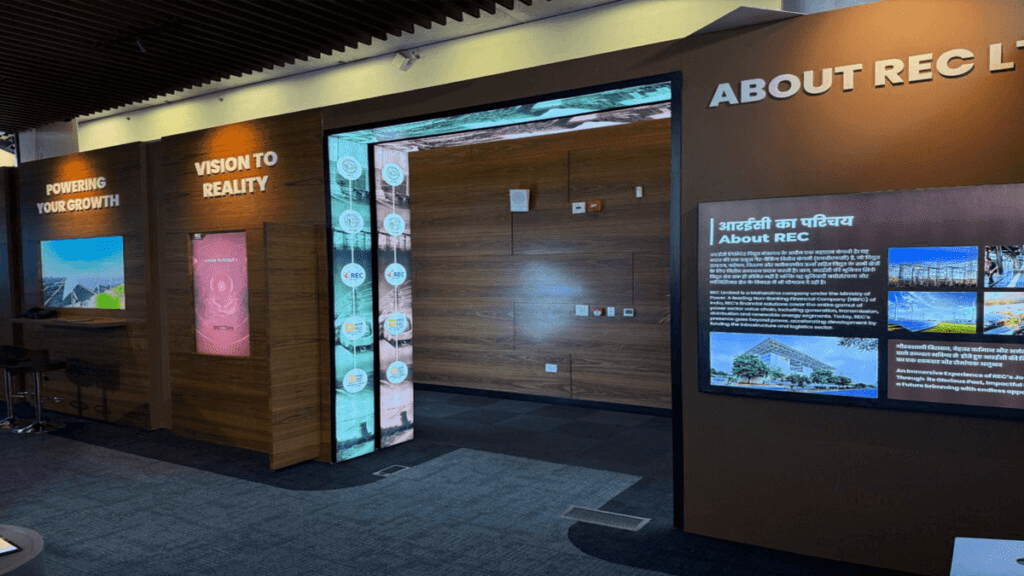10-15 years ago, watching Mega factories on National Geographic gave people an insight into how massive machines operate and how human dependency has decreased. But today, AI is not just transforming manufacturing—it’s revolutionizing the processes that come before it.
From handpicking strawberries on farms to optimizing logistics and sales, AI is now embedded in nearly every stage of the production cycle. This surge in AI adoption has led to the rise of AI companies across industries. But how far have these companies progressed in India? To understand this, we first need to define what an AI company actually is.
An AI company specializes in developing, implementing, and deploying artificial intelligence solutions to help businesses improve operations, gain insights, and stay competitive.
Why Does India Need AI in Agriculture?

More than 50% of India’s population works in the agriculture sector. However, despite such a large workforce, the sector’s output does not match its potential. AI can help bridge this gap, increasing agricultural productivity while also driving workforce migration toward industrial growth—ultimately boosting the manufacturing sector. It brings modernization and reduces dependence on traditional methods.
Here’s how AI is transforming Indian agriculture:
- Monitoring Crop Health: In Telangana, farmers are using AI to monitor crop health and improve yields. It has shown impressive results—farmers witnessed a 21% increase in chili yields per acre, a 9% reduction in pesticide use, a 5% decrease in fertilizer consumption, and an 8% rise in unit prices due to improved quality.
- Predicting Weather Patterns: Traditional farming relies heavily on weather conditions, which can be unpredictable. AI helps reduce this uncertainty by analyzing climate patterns, enabling farmers to make informed decisions.
- Resource Optimization: AI-driven precision farming optimizes the use of resources like water, fertilizers, and seeds—reducing costs and minimizing environmental impact.
From Soil to Space: AI’s Expanding Frontiers
It’s well known that high-tech advancements drive the aerospace industry. But how has AI accelerated this growth? At Aero India 2025, defense and aerospace companies showcased AI’s transformative potential in military operations, while also acknowledging the challenges of implementing AI in defense applications.
In aerospace, AI plays a crucial role in:
- Satellite Image Processing: AI analyzes satellite data to map natural resources, monitor deforestation, and aid disaster management.
- Autonomous Systems: AI powers drones and unmanned aerial vehicles (UAVs) for surveillance and delivery missions.
- Predictive Maintenance: AI helps aircraft manufacturers anticipate repairs, reducing downtime and ensuring safety.
AI has also been instrumental in space exploration—machine learning models process vast satellite datasets, allowing precise decision-making in planetary research. These innovations position India as a global competitor in aerospace AI.
AI in Healthcare: Bridging the Gap
Healthcare in India remains unevenly distributed, but AI is stepping in to bridge this gap. The use of AI in healthcare isn’t new—Electronic Health Records (EHRs) have been around for years. However, AI’s role has evolved significantly.
- Early Disease Detection: AI-powered imaging tools can detect diseases like cancer, heart disease, and diabetes at early stages.
- Personalized Treatment Plans: AI analyzes patient history and genetic data to tailor treatments.
- AI in Telemedicine: AI chatbots assist patients with basic healthcare queries, making medical advice more accessible.
AI in Education: Beyond Classrooms

The education sector has undergone a drastic shift with AI. It’s no longer just about visuals and animation—AI has expanded learning beyond traditional schooling.
- Immersive Learning: Technologies like Holobox by Tagbin provide interactive educational experiences, enhancing retention.
- Personalized Learning Journeys: AI tailors educational content based on individual strengths and weaknesses.
- Regional Language Support: AI-powered Natural Language Processing (NLP) tools make education more accessible in local languages.
AI in Manufacturing: Smarter, More Efficient Factories
The manufacturing industry has seen limitless possibilities with AI.
- Enhanced Quality Control: AI-driven computer vision detects microscopic defects in products.
- Automated Supply Chains: AI ensures timely material deliveries, improving efficiency.
- Worker Safety: AI-powered robots operate in hazardous environments, minimizing risks to human workers.
AI in Energy: Driving Sustainability
When it comes to energy, sustainability is the key focus—and AI is instrumental in optimizing resource use.
Smart Grids: AI-powered grids analyze electricity demand in real time, ensuring efficient power distribution.
Predictive Analytics for Renewables: Tagbin’s REC Experience Center in Gurugram exemplifies how AI is driving sustainability in the energy sector. By leveraging AI-powered simulations and predictive analytics, the center offers real-time insights into renewable energy management. It highlights how AI can optimize energy generation, monitor consumption patterns, and support the transition toward a greener, more efficient energy ecosystem.

AI in Transportation: The Future of Mobility
Ever noticed flight schedules updating automatically? AI has been at work in transportation long before it became mainstream.
- Traffic Management Systems: AI-powered monitoring reduces congestion through real-time route optimization.
- Driverless Vehicles: AI is paving the way for autonomous cars and trucks.
- Predictive Maintenance: AI ensures smoother public transportation by predicting system failures before they happen.
In major Indian cities, AI-driven traffic lights and route suggestions have already reduced congestion by 15%.
Conclusion
AI has transitioned from a futuristic concept to an integral part of industries ranging from agriculture to aerospace. As Indian AI companies continue to expand across sectors, they are not just enhancing efficiency but also shaping a smarter, more innovative future. With AI’s integration into core industries, India is well on its way to becoming a global AI powerhouse.


